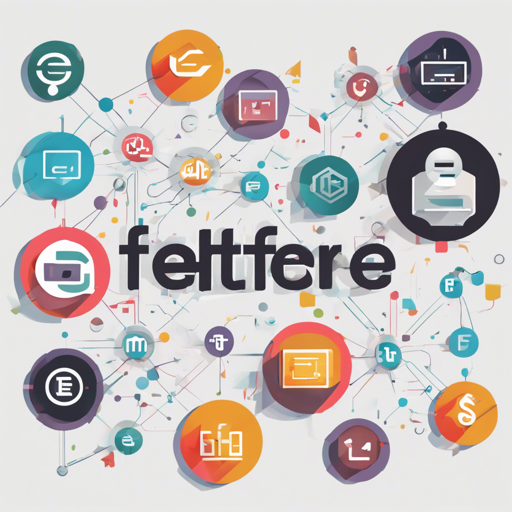Welcome to the world of FlatBuffers! This cross-platform serialization library is specially designed for maximum memory efficiency, allowing you to serialize your data without the painstaking process of unpacking it first. In this article, we’ll guide you through the steps to use FlatBuffers, troubleshoot potential issues, and understand it all with an easy analogy!
Step-by-Step Guide to Implementing FlatBuffers
Let’s break down the process into simple steps:
-
Build the Compiler for FlatBuffers (flatc)
First, you need to build the compiler for FlatBuffers using CMake. If you’re on a Linux machine, you can simply run the following commands:
cmake -G Unix Makefiles make -j -
Define Your FlatBuffer Schema (.fbs)
Next, you need to create a FlatBuffer schema that outlines the data format you want to serialize. Check out the schema documentation for guidance. An example schema can be viewed in monster.fbs.
-
Generate Code for Your Language
With your schema defined, it’s time to generate language-specific code using the FlatBuffers compiler:
flatc --cpp --rust monster.fbsThis command will generate two files:
monster_generated.handmonster_generated.rs. -
Serialize Your Data
Utilize the generated code along with the
FlatBufferBuilderto construct your serialized buffer. For an illustration, see the C++ example. -
Transmit, Store, or Save Your Buffer
Once your data is serialized in the buffer, you can send it to someone, save it for later, or use it however you desire!
-
Read the Data
Finally, you can read the data back from the serialized buffer using the generated accessors. It’s important to note that FlatBuffers ensures compatibility across different programming languages and schema versions. Check out the Rust example for more details.
Understanding FlatBuffers with an Analogy
Think of FlatBuffers as a well-organized library:
- Each book in the library represents a specific data structure, much like your FlatBuffer schema.
- When you need a book (the data), you can just go to the shelf without needing to open it and check its content. This is similar to how FlatBuffers allows you to access data directly without unpacking it.
- The library can store books written in different languages, yet you can still read any book regardless of its language, akin to FlatBuffers’ cross-language and schema version support.
Troubleshooting Common Issues
If you encounter issues while using FlatBuffers, consider the following troubleshooting ideas:
- Ensure that your environment meets the required operating systems: Windows, macOS, Linux, and Android.
- Verify your installed C++ compiler supports C++11 or newer.
- Double-check that your schema and code generation steps are correctly followed to avoid syntax errors.
- For enhanced support, check the FlatBuffers tag on StackOverflow or explore the Discord Server to connect with the community.
- For more insights, updates, or to collaborate on AI development projects, stay connected with fxis.ai.
Conclusion
At fxis.ai, we believe that such advancements are crucial for the future of AI as they enable more comprehensive and effective solutions. Our team is continually exploring new methodologies to push the envelope in artificial intelligence, ensuring that our clients benefit from the latest technological innovations.
Now that you’re armed with this knowledge, dive into the world of FlatBuffers and revolutionize your data management! Happy coding!

